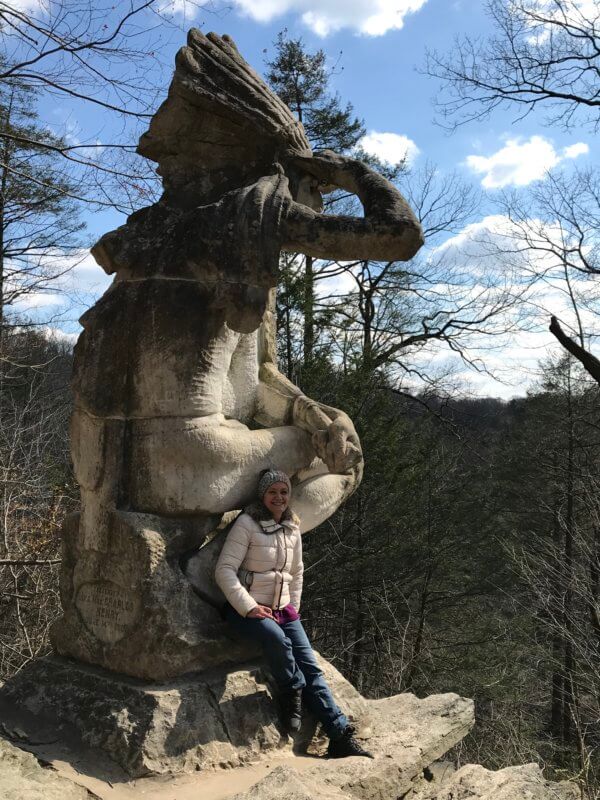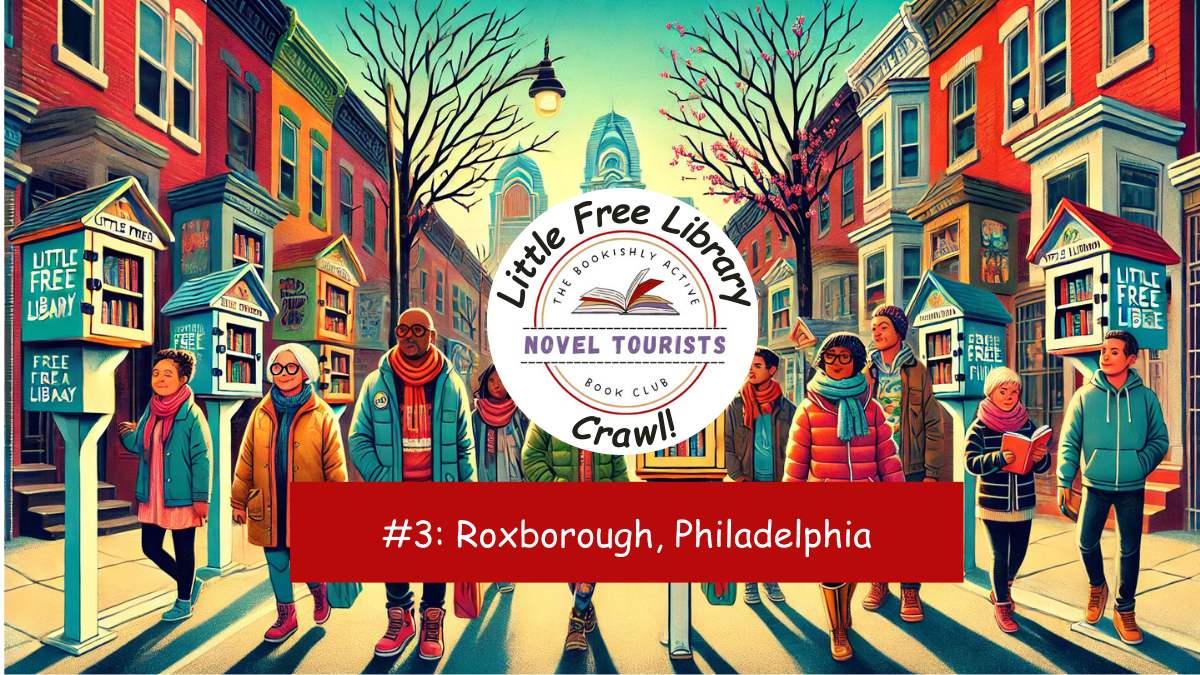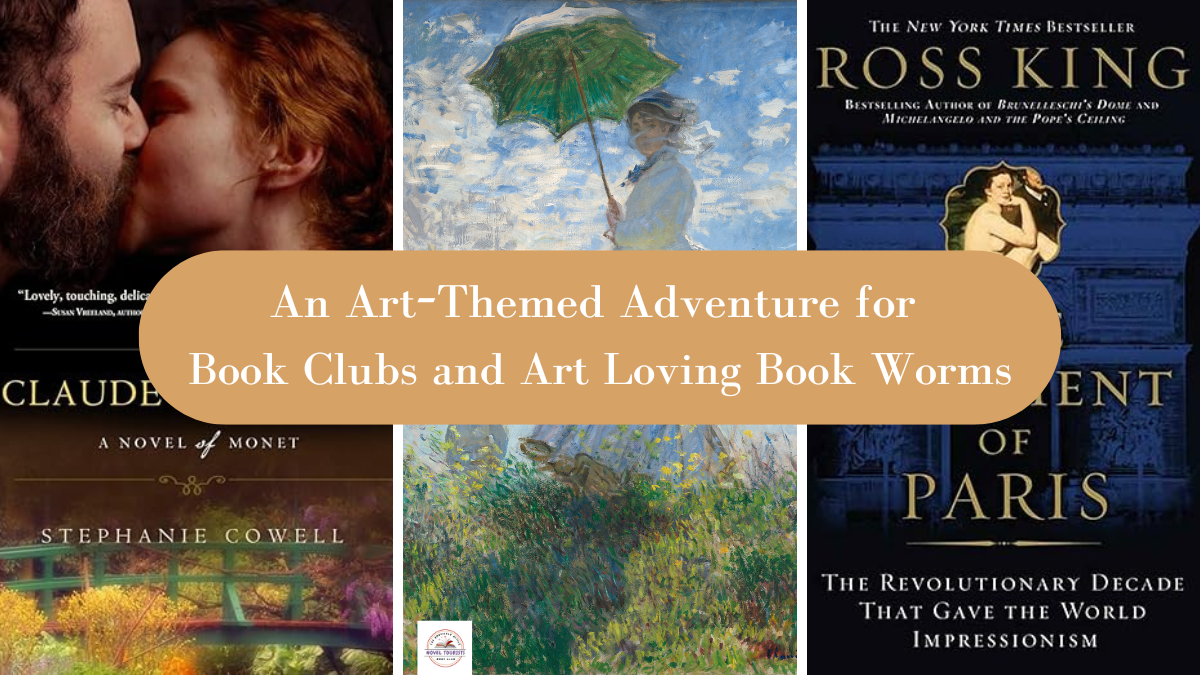The Statue of “Chief” Tedyuscung
I was inspired to hike to the statue of Cheif Tedyuscung in the Wissahickon park in Philadelphia after re-reading The Light in the Forest. This classic young adult novel by Conrad Richter is the story of a young white child who was raised by the Lenni-Lenape and then at age fifteen forced against his will to return to his white family. The Lenape were the first known settlers to the area that is now Philadelphia. Fittingly, about a half mile from the entrance to the Wissahickon park at Chestnut Hill Avenue there is a statue honoring the Lenni-Lenape tribe.

The 15 foot marble statue of Tedyuscung was commissioned in 1902 by Mr. and Mrs. Charles W. Henry to replace an earlier wooden version that had deteriorated. It is located on Council Rock, where the Lenape were rumored to have held their meetings overlooking the Wissahickon Creek. In fact, the word Wissahickon is thought to be derived from the Lenape word “Wisameckhan” meaning “catfish stream.”

Unfortunately, however, the sculptor got it wrong and included a full war bonnet. This type of headdress was limited primarily to the Western Plains Native Americans, and not generally found on East Coast Forest Native Americans like the Lenape. Further, there is little evidence that the Lenape or Tedyuscung actually held meetings on Council Rock.

Regardless, the statue of the kneeling Lenape warrior with his head to his brow, looking West, is a landmark in Philadelphia. Why West, you ask? Perhaps its because the Lenape “left” (involuntarily) Philadelphia and headed West during what became known as the Delaware Westward Trek. Most Lenape members now live in Oklahoma, but by the eve of the American Revolution a significant number were living in Western Pennsylvania and Ohio along the Allegheny and Ohio rivers. This is where Richter’s novel begins.

The Light in the Forest led me to do some research about the Lenape and that’s when I discovered Tedyuscung’s statue in the Wissahickon park. For a more strenuous hike, you can get there from the Chestnut Hill trail entrance – use 440 W Chestnut Hill Ave as the address for your GPS and you will see the obvious parking area for the trail. Alternatively, you can take a shorter hike and park at Valley Green Inn. Say hi to the geese! The chief-not-chief Tedyuscung statue is a bit over a mile from there. The majority of the trail from that direction is easily walked or biked and only the last bit is uphill, but not difficult.


While you are in this area of the Wissahickon park, you will definitely want to continue the hike beyond Tedyuscung’s statute and visit the last remaining covered bridge existing within the limits of any major U.S. city – the Thomas Mill Covered Bridge.

From the Chief Tedyuscung statue simply follow the path to your right and wind your way down until you see the bridge. Bring lunch and enjoy a few relaxing moments by the stream watching the waterfalls and the area fisherman. Personally, I’d bring a book to read – maybe even The Light in the Forest! If you get really lucky, you might even see some folks passing by on horseback. The Wissahickon park is large and so pristine, yet wild. You will completely forget that you are inside a major city.

If you want to make the most of your visit to the Tedyuscung’s statue in the Wissahickon and explore more literary locations in the area, you could stop in the nearby Germantown neighborhood for a cup of joe at Uncle Bobbie’s Books and Coffee and then take a mural walking tour inspired by Loving Day. Or, take a stroll through a graveyard nearly as old as The Graveyard Book‘s. Either way, you’ll find plenty to do in Northwest Philadelphia!
***** Pssst….If you love to read and explore and found this post inspiring, you’ll love our newsletter!*****
Happy Reading!





